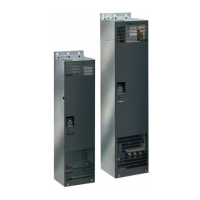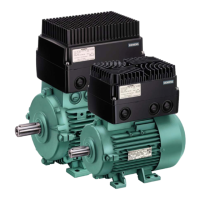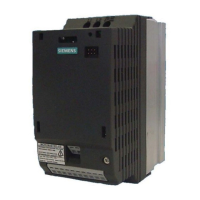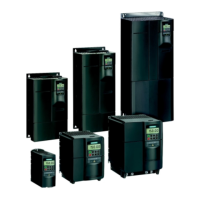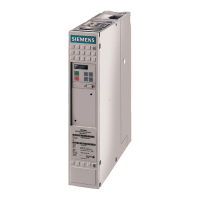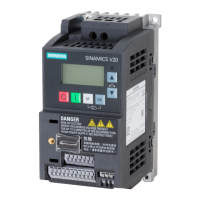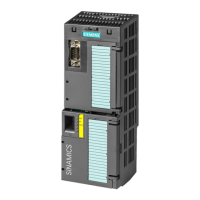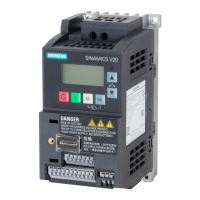Issue 07/04 3 Functions
MICROMASTER 420 Operating Instructions
6SE6400-5AA00-0BP0
143
3.21 Open-loop/closed-loop control technique
There are several open-loop/closed-loop techniques for speed and torque control
for drive inverters with induction and synchronous motors. These techniques can
be roughly classified as follows:
V/f characteristic control (briefly: V/f control)
Field-orientated closed-loop control technique (briefly: Vector control)
These techniques differ from one another both regarding the control quantity as
also in the complexity of the technique, which in turn are obtained as a result of the
requirements associated with the particular application. For basic applications (e.g.
pumps and fans), to a large extent, V/f control is used. Vector control is mainly
used for sophisticated applications (e.g. winders), where a good control and
behavior in noisy conditions are required regarding the speed and torque. If these
requirements are also present in the range from 0 to approx. 1 Hz, then the
speed/torque accuracy without encoder is not sufficient. In this case, Vector control
with speed feedback must be used.
NOTE
Vector control is only available for MICROMASTER 440.
3.21.1 V/f control
Parameter range: P1300
P1310 – P1350
Warnings -
Faults -
Function chart number: FP6100
The V/f characteristic represents the simplest control technique. In this case the
stator voltage of the induction motor or synchronous motor is controlled
proportionally to the stator frequency. This technique has proven itself for a wide
range of "basic" applications, such as
Pumps, fans
Belt drives
and similar processes.
The goal of V/f control is to keep the flux
Φ constant in the motor. In this case, this
is proportional to the magnetizing current I
µ
and the ratio between voltage V and
frequency f.
Φ ~ I
µ
~ V/f
The torque M, developed by induction motors, is proportional to the product
(precisely the vectorial product
Φ x I) of flux and current.
M ~
Φ ∗ I
In order to generate the highest possible torque from a given current, the motor
must operate with a constant flux which is as high as possible. In order to keep the
flux
Φ constant, when frequency f changes, the voltage V must be changed in
proportion so that a constant magnetizing current I
µ
flows. The V/f characteristic
control is derived from these basic principles.
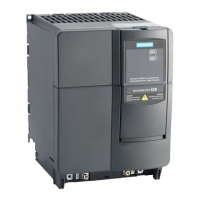
